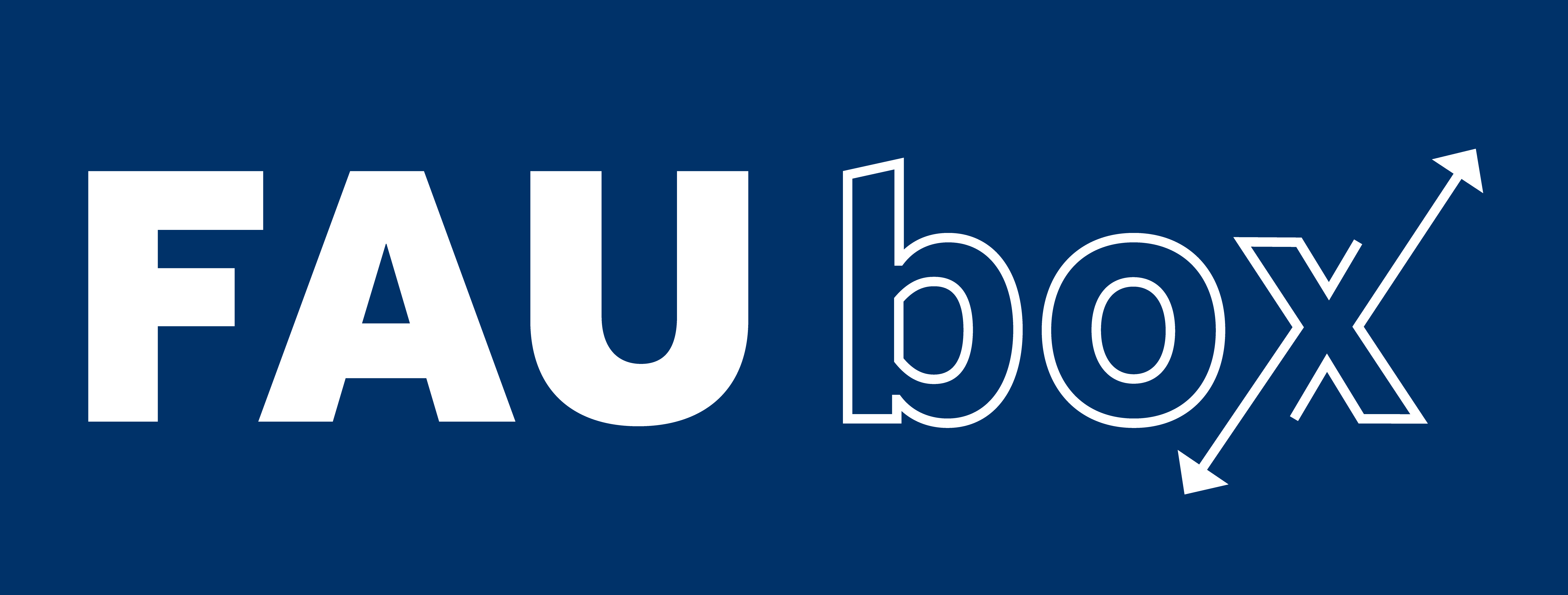Users Guide
In the following you’ll find various instructions concerning the functioning of the FAUbox client:
- Getting started
- A quick glance over the desktop client
- Editing folders and files via the file system
- Creating a top-level folder via client
- Sharing folders and files via Client
- Managing Folder Members
- Accepting/ Declining a folder invitation
- Stopping the folder synchronization
- Excluding files or directories
- Deleting a top-level folder via client
- Restoring file versions
- Reading the synchronization status via file system
- Accessing FAUbox folders via WebDAV
- > Accessing folders via WebDAV on Windows
> Accessing folders via WebDAV on macOS
> Accessing folders via WebDAV on Linux - Configuring the folder basepath
- Moving the folder basepath of the FAUbox Client
> Moving the folder basepath of the FAUbox Client on Windows
> Moving the folder basepath of the FAUbox Client on macOS - Configuring client settings
> Configuring DynDNS
> Configuring conflict handling
> Configuring warnings and notifications
> Enabling Expert Mode
> File Archive Configuration
> Network Configuration
– Configuring bandwidth limits
– Configuring connection modes
– Configuring delta-sync
– Configuring multi-source downloads
– Configuring network interfaces and ports
– Configuring ZIP compression
– Enabling on-demand connections
– Tuning low-level network settings
– Using relay transfers
– Using UDT connections
> Optimizing the client performances
> Starting minimized
> Configuring the transfer mode
> Configuring the settings of the synchronization pause - Running as a Windows System Service
- Secure Files with End-to-End Encryption (E2EE) using Boxcryptor
> Installing Boxcryptor and creating an Account
> Working with Boxcryptor - Client Log Files
